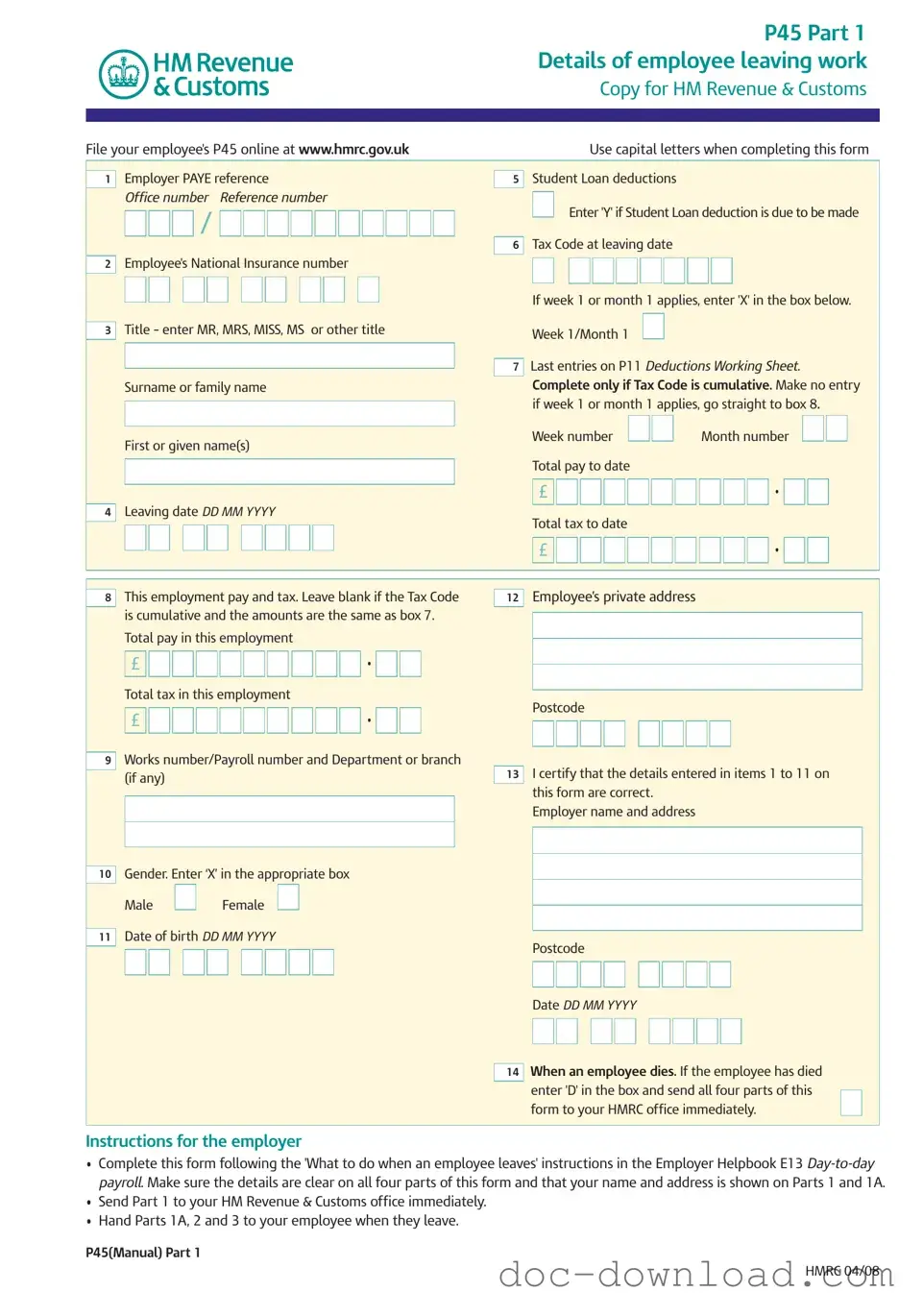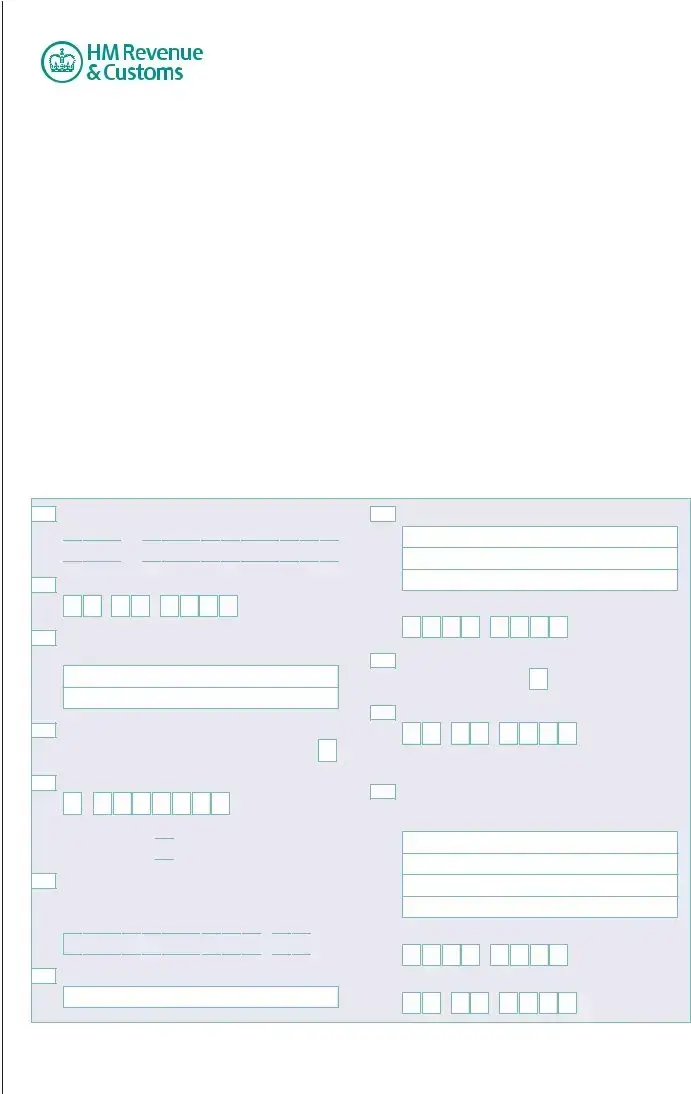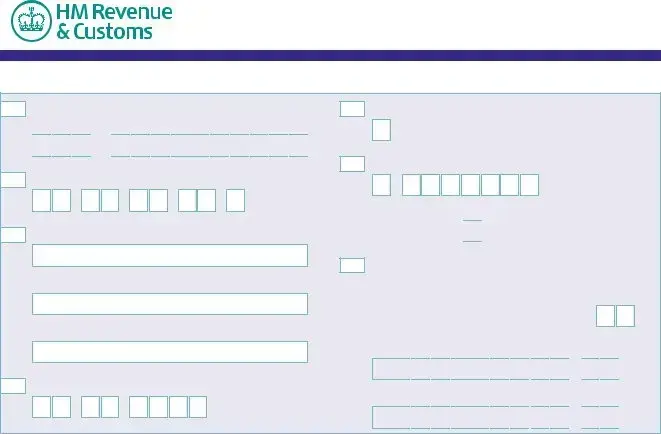The P60 form is a document that summarizes an employee's total pay and deductions for a tax year. It is issued by the employer at the end of each tax year and provides essential information for employees to complete their tax returns. Like the P45, the P60 includes details such as the employee's National Insurance number, tax code, and total earnings. Both documents serve as official records of income and tax deductions, helping employees understand their tax obligations and potential refunds.
In navigating financial and legal documentation, understanding various forms is crucial for personal and professional management. For instance, while the P45 and similar forms communicate key earnings and tax details, utilizing comprehensive resources like the Colorado PDF Forms can further enhance your ability to manage your affairs efficiently, especially during critical transitions.
The P11D form is another important document, particularly for employees who receive benefits in kind from their employer. This form details any additional perks, such as company cars or health insurance, that might affect an employee's tax liability. Similar to the P45, the P11D is used to report earnings to HM Revenue & Customs (HMRC). Both forms help ensure that all income is accurately reported, thus preventing tax discrepancies and ensuring compliance with tax laws.
The payslip serves as a more frequent record of an employee's earnings and deductions, typically issued on a monthly or bi-weekly basis. It provides a breakdown of gross pay, tax withheld, and other deductions such as pension contributions. While the P45 is issued when an employee leaves a job, the payslip is a continuous record that helps employees track their earnings over time. Both documents are crucial for financial planning and understanding one’s tax situation.
The P50 form is used by individuals who have stopped working and wish to claim a tax refund. This form allows employees to request a refund of overpaid taxes, similar to how the P45 provides information needed to settle tax affairs after leaving a job. Both documents play a vital role in managing tax responsibilities, ensuring that employees do not pay more tax than necessary after their employment ends.









 /
/ 







































 •
• 





















 •
• 









 /
/ 







































 •
• 


